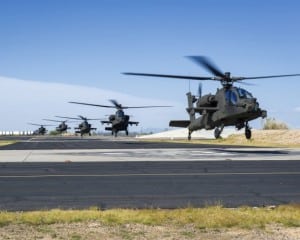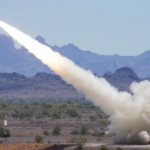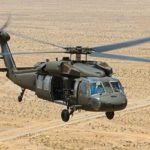
In keeping with the Army’s new spirit of outreach to industry, the service wants to know what the private sector can do to better team drones with manned aircraft.The Army wants to know what’s out there in the way of products, science-and-technology research, operational concepts and mission support that could enhance existing manned-unmanned teaming concepts, according to a notice published May 17 on the government’s contracting website.Manned-unmanned teaming, or MUM-T, has been a singular focus for the Army since it…

 By
By 











